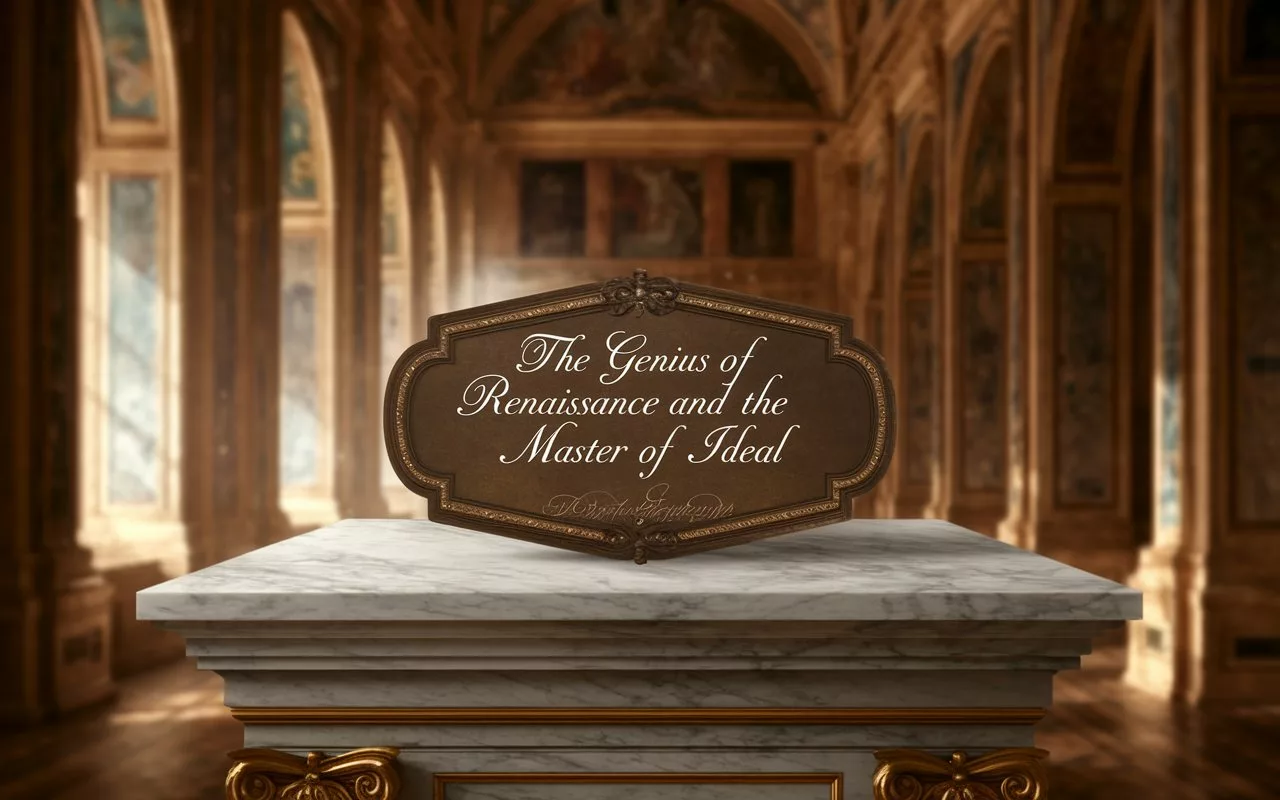Introduction
Raphael Sanzio (Raffaello Sanzio) is one of the greatest artists of the Italian Renaissance and one of the most influential painters in art history. He excelled in frescoes, portraits, and religious paintings, distinguished by his perfect balance, harmony, and emotional depth. Despite his short life of only 37 years, his artistic legacy remains one of the pillars of Western art.
This comprehensive article explores Raphael’s life, artistic development, major works, influence on global art, and his lasting legacy.
Chapter 1: Raphael’s Early Life and Artistic Beginnings (1483-1504)
Birth and Upbringing
Raphael was born on April 6, 1483, in Urbino, Italy, a cultural hub during the Renaissance. His father, Giovanni Santi, was a painter and poet in the court of the Duke of Urbino, which gave young Raphael early exposure to art and intellectual circles. When his father died in 1494, Raphael, at just 11 years old, inherited his workshop and quickly demonstrated his artistic genius.
Early Training and Influences
After his father’s passing, Raphael trained under Pietro Perugino, a master of the Umbrian school. Perugino’s influence is evident in Raphael’s early works, which feature balanced compositions and soft, serene figures. A key example is The Marriage of the Virgin (1504), which showcases his mastery of perspective and harmonious arrangement.
Chapter 2: The Florence Years and Artistic Maturity (1504-1508)
Encountering the Masters of the Renaissance
In 1504, Raphael moved to Florence, where he was deeply influenced by Leonardo da Vinci and Michelangelo. He studied Leonardo’s use of light and shadow (sfumato) and Michelangelo’s dynamic poses, incorporating these techniques into his own refined style.
Notable Works in Florence
During his time in Florence, Raphael focused on Madonna paintings and portraits, some of which include:
- The Madonna of the Goldfinch (1505-1506) – Showcases soft color harmony and delicate figures.
- The Virgin and Child with Saint Anne and Saint John the Baptist (1507) – Displays Leonardo’s influence in its complex composition.
- Portraits of Florentine Nobles – Captures deep psychological expressions, enhancing the art of portraiture.
Chapter 3: Raphael’s Glory in Rome (1508-1520)
Summoned by Pope Julius II
In 1508, Pope Julius II invited Raphael to Rome, where he was commissioned to decorate the Vatican Rooms (Stanze di Raffaello). This project cemented his reputation as a master artist.
Raphael’s Masterpieces in the Vatican
1. The School of Athens (1511)
- This fresco is Raphael’s most celebrated work, representing the pinnacle of Renaissance art.
- It features great Greek philosophers like Plato (modeled after Leonardo da Vinci), Aristotle, Socrates, and Diogenes, set within a grand architectural space.
- The figures’ dynamic postures reflect Michelangelo’s influence from the Sistine Chapel ceiling.
2. The Stanza della Segnatura (1508-1511)
- This room features other frescoes such as The Disputation of the Holy Sacrament and Parnassus, reflecting the Renaissance ideal of merging religion, philosophy, and art.
3. The Stanza of Heliodorus (1512-1514)
- Includes frescoes like The Expulsion of Heliodorus from the Temple, showing Raphael’s evolving style with dramatic lighting and movement.
Chapter 4: Late Works and Architectural Achievements (1514-1520)
Raphael as an Architect
Besides painting, Raphael was also an architect and succeeded Bramante as the chief architect of St. Peter’s Basilica. Although he did not complete the project, his architectural contributions influenced later designs.
His Religious Paintings and Portraits
- The Sistine Madonna (1513-1514) – Features the famous cherubs at the bottom.
- Portrait of Pope Julius II (1512) – An emotionally intense depiction of the pope.
- Portrait of Baldassare Castiglione – One of the greatest Renaissance portraits, admired for its psychological depth.
Sudden Death and Burial
On April 6, 1520, Raphael died at the age of 37, possibly due to fever or exhaustion. He was buried in the Pantheon in Rome, with an inscription that reads:
“Here lies Raphael, by whom Nature feared to be outdone while he lived, and when he died, she feared she would die with him.”
Chapter 5: Raphael’s Influence on Art History
Impact on Later Artists
After his death, Raphael’s influence persisted through the Baroque and Neoclassical periods, inspiring artists like Antonio da Correggio, Titian, and Nicolas Poussin.
Why Raphael’s Style Endures
- Perfect Balance – His works blend realism, ideal beauty, and emotional depth.
- Architectural Composition – His scenes are structured with masterful geometry.
- Revolutionizing Portraiture – He introduced deep psychological insights into portrait art.
Conclusion
Raphael stands as one of the greatest Renaissance artists, blending Michelangelo’s power and Leonardo’s grace into a unique, refined style. Although his life was brief, his legacy remains eternal, influencing generations of artists and defining the ideals of beauty in Western art.
Raphael was not just a painter; he was the embodiment of Renaissance art in its highest form.
Art11deco

